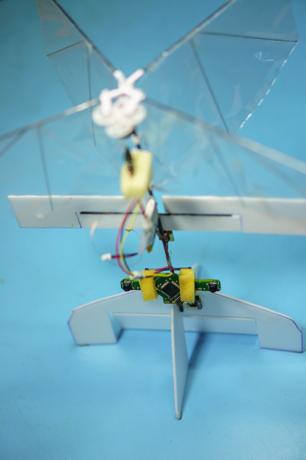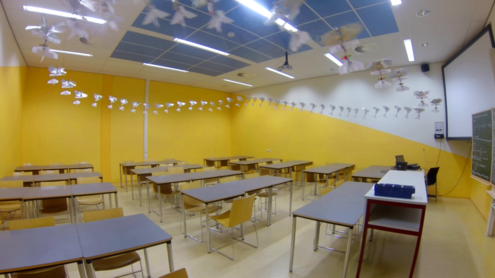'Robot dragonfly' is the smallest and lightest self-navigating drone
The miniature robot weighs just 20g and can fly without human guidance; it could map abandoned buildings or masquerade as a fairy at a theme park

A group of Dutch engineers from the Delft University of Technology have created the world’s first Micro Air Vehicle that can fly in any surroundings and automatically avoid obstacles.
Micro Air Vehicles are a specific class of aerial drones nearer in size to insects than airplanes, and the DelFly Explorer is no exception – weighing just 20 grams, or as much as four sheets of A4 paper.
The Explorer’s real innovation though is its unique sensory array; a tiny system that contains two cameras and a computer that allows the bot to navigate autonomously using bincoluar vision. This miniscule setup weighs just four grams.
All the computing power to keep the Explorer flyer happens on-board – there’s no need for the craft to be controlled, and it can take-off by itself, maintain a height and avoiding obstacles for the nine minutes of its battery life.
Other aerial drones are capable of the same feats – stable and autonomous flight – but weigh as much as 50 times more than the Explorer. With this lighter weight comes lower production costs and the ability to be deployed safely in environments with humans.
The team behind the DelFly have imagined a range of uses for their new bots, ranging from the practical (detecting ripe fruit in greenhouses or mapping abandoned buildings) to the whimsical (streaming live video footage at a gig or masquerading as fairies at a theme park).

Click here to find out more about DelFly and their robotic creations
Join our commenting forum
Join thought-provoking conversations, follow other Independent readers and see their replies
1Comments